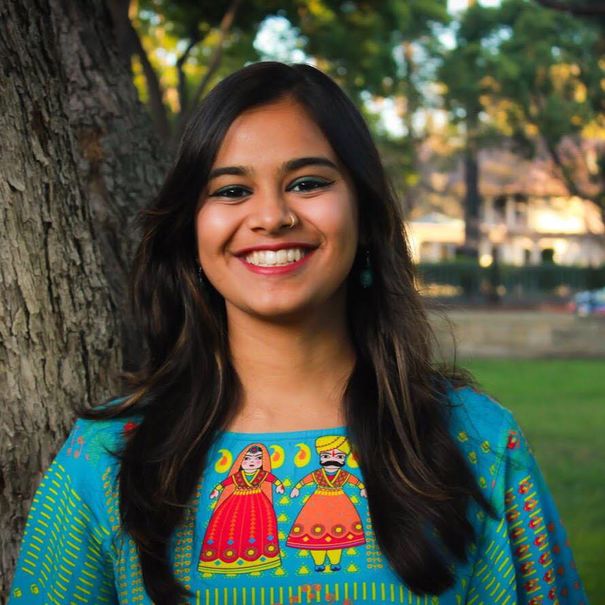Notes from the In-Between: An Indian Critic in the States
By Devika Girish

Devika Girish
I was born and raised in Nagpur, a small city in central India, and I moved to the United States six years ago to study film and semiotics in college. Since then, I’ve been living and writing in America as both a critic and a student.
That transatlantic move between two incredibly robust film cultures has deeply influenced my foray into criticism. Even as I grew up in a bookish, movie-averse family, I couldn’t but succumb to cinema’s magical, all-encompassing hold on Indian society; it seeped into everything around me, from religion to politics to interpersonal relationships. But it was my liberal arts education in the States – an education that emphasized critical approaches to popular culture – that awakened me to the workings of film in the cultural consciousness. Feminist film theory demonstrated to me how Bollywood’s fetishization of women both mirrors and feeds the Indian patriarchy. Third cinema showed me how the images I see on screen – and the systems that produce them – often work to ingrain colonialist ideology into their consumers. In other words, my upbringing in India convinced me of the enormous power of cinema as a mass object, while my training in the States taught me that films can be read, just like texts, and their power parsed (and often subverted) through criticism.
This in-between life has also given me an unusual perspective into the state of criticism in the US. American film criticism, like the American film industry, is large and impossible to categorize – it spans blogs and dailies that focus on more mainstream fare to alternate magazines that cover indie, experimental, and foreign cinema. What has been jarring to me, however, is that despite its broad scope, criticism in the US seems to fixate mostly on Western cinema, while films from Africa, Asia, and the Middle East constitute a blindspot in both journalism and academia. The conversation around representation and diversity, which currently dominates film discourse in the States, sometimes reinforces this exceptionalism. Movies like CRAZY RICH ASIANS (2018) are disproportionately lauded for featuring Asian actors, while entire, thriving industries of films made by and about Asians are routinely ignored in film coverage. This also seems to have reinforced a tendency in Hollywood to simply recycle old, hackneyed narratives (i.e. products of the “remake/sequel-industrial-complex”) with slightly diversified casts, instead of aspiring for diversity and novelty in the types of stories told on the screen.
As an Indian film critic working in the States, I’m interested in leveraging my multicultural interests to join the chorus of voices challenging the cinematic canon in America. Whether by reclaiming lost histories or championing the under-seen indie cinema arising from different corners of the world, I’d like to contribute, in whatever way that I can, to building a truly global and democratic film culture.

